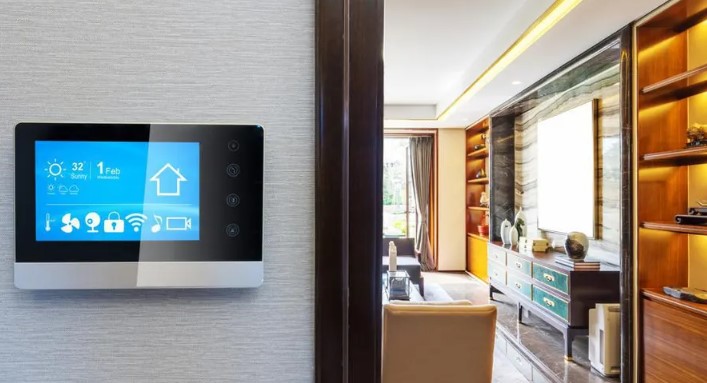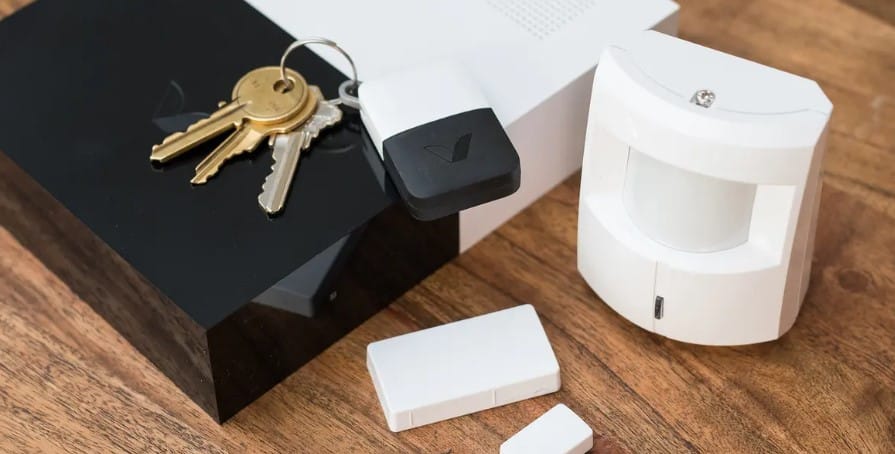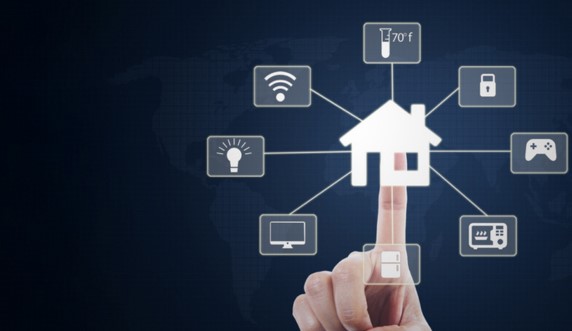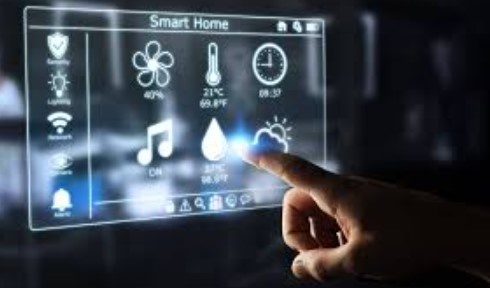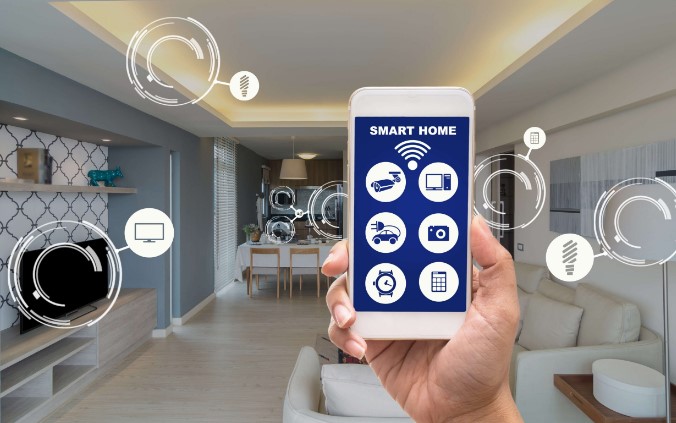Smart Home Technology Trends – The rapid evolution of smart home technology continues to transform the way we live.
From enhanced security to energy efficiency, smart home devices offer convenience and control at your fingertips.
This site Havenblueprint explores the latest trends in smart home technology, focusing on key products, their benefits, and how to make informed purchasing decisions.
The Rise of Top Smart Home Technology Trends
Smart home technology is no longer a futuristic concept but a present-day reality that is becoming increasingly accessible.
With advancements in artificial intelligence, the Internet of Things (IoT), and voice-controlled devices, smart homes are now more integrated and user-friendly than ever before.
One of the most significant trends in smart home technology is the rise of voice-activated assistants, such as Amazon Alexa, Google Assistant, and Apple Siri.
These devices allow homeowners to control various aspects of their home environment, from lighting and temperature to security systems and entertainment, all through simple voice commands.
This hands-free convenience not only enhances the user experience but also adds a layer of accessibility for those with mobility challenges.
Top Smart Home Technology Trends Products of 2024
In 2024, the smart home technology landscape is being shaped by several innovative trends and products that enhance convenience, security, and energy efficiency.
One significant trend is the rise of AI-driven home automation systems that learn user preferences and adapt settings accordingly, creating a seamless living experience.
Smart speakers and displays with advanced voice recognition capabilities are becoming central hubs for controlling other devices.
Additionally, smart security systems, including AI-powered cameras and smart locks, are gaining popularity for their ability to provide real-time alerts and remote access.
Energy-efficient smart thermostats and lighting solutions are also trending, helping homeowners reduce energy consumption and lower utility bills.
Furthermore, interoperability among devices is improving, with platforms that allow different brands to work together effortlessly, making home management more intuitive and user-friendly.
1. Smart Home Security Systems
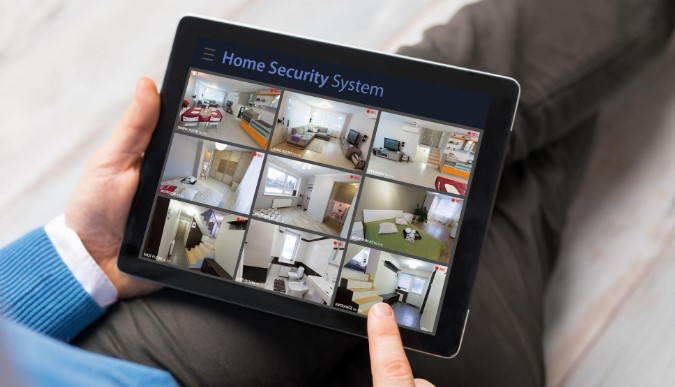
Smart Home Technology security systems are more advanced than ever, offering features like motion detection, night vision, and integration with other smart devices.
One example is the Ring Alarm Security Kit, which provides 24/7 professional monitoring, customizable security settings, and easy installation.
Smart home security systems offer peace of mind by combining cutting-edge technology with convenience.
With options like the Ring Alarm Security Kit, users benefit from features such as real-time alerts, mobile app control, and integration with voice assistants like Alexa.
These systems allow for seamless monitoring and control, making it easier than ever to protect your home from anywhere.
With customizable settings and professional monitoring, smart security systems are an essential investment for modern homeowners.
- Pros: Comprehensive security, easy integration with other devices, remote access.
- Cons: Monthly subscription fees for professional monitoring.
- Price: Starts at $199
- Where to Buy: Available at Amazon
2. Best Top Smart Home Technology Trends Thermostats
Smart thermostats like the Nest Learning Thermostat are designed to optimize your home’s heating and cooling efficiency.
They learn your preferences over time and automatically adjust the temperature, saving energy and money.
- Pros: Energy savings, easy installation, remote control via smartphone.
- Cons: Higher upfront cost compared to traditional thermostats.
- Price: $249
- Where to Buy: Available at Best Buy
You can also read : Top Smart Home Security Systems for 2024
3. Top Smart Home Technology Trends Lighting Solutions

Smart lighting solutions such as the Philips Hue Smart Bulbs allow you to customize your home’s lighting with ease.
These bulbs can be controlled via a mobile app or voice commands, offering various colors and brightness levels to suit any occasion.
- Pros: Customizable lighting, energy-efficient, easy integration with smart home systems.
- Cons: Requires a hub for full functionality.
- Price: Starts at $50 per bulb
- Where to Buy: Available at Walmart
4. Voice-Controlled Smart Devices
Voice-controlled devices like the Amazon Echo Dot serve as the command center for your smart home.
With Alexa, you can control your lights, thermostat, security system, and more, simply by using your voice.
- Pros: Hands-free control, wide range of compatible devices, affordable.
- Cons: Privacy concerns, requires Wi-Fi connection.
- Price: $49.99
- Where to Buy: Available at Amazon
5. Smart Kitchen Appliances

The kitchen is becoming smarter with devices like the Samsung Family Hub Refrigerator, which features a touchscreen interface, voice control, and integration with other smart devices.
This appliance not only keeps your food fresh but also helps you manage your grocery list and even stream music.
In addition to the Samsung Family Hub Refrigerator, other smart kitchen appliances are revolutionizing the way we cook and manage our homes.
For instance, smart ovens can be preheated remotely, and many come with built-in recipe suggestions and automatic cooking adjustments.
Devices like smart coffee makers can be programmed to brew your morning coffee right on schedule, offering convenience at your fingertips.
- Pros: Multifunctional, integrates with other smart devices, innovative features.
- Cons: High cost, complex setup.
- Price: $3,299
- Where to Buy: Available at Samsung
You can also read : Best Smart Home Security Systems: Keep Your Home Safe
Comparing Smart Home Products
When choosing smart home products, it’s essential to consider factors like compatibility, ease of use, and long-term value.
For instance, while smart thermostats offer energy savings, the initial investment might be higher than traditional options.
However, the long-term benefits of reduced energy bills and the convenience of remote control make them a worthwhile investment.
- Smart Home Security Systems: Ideal for enhancing home security with remote monitoring and alerts.
- Smart Thermostats: Perfect for homeowners looking to save on energy bills and maintain a comfortable home environment.
- Smart Lighting Solutions: Great for creating the perfect ambiance and reducing energy consumption.
- Voice-Controlled Smart Devices: Suitable for those who want hands-free control of their smart home.
- Smart Kitchen Appliances: Best for tech-savvy homeowners looking to modernize their kitchen with the latest technology.
Where to Buy Smart Home Products
Most smart home products are available through major online retailers like Amazon, Best Buy, and Walmart.
These platforms often offer competitive pricing, customer reviews, and detailed product information, making it easier to find the right products for your home.
Additionally, manufacturer websites like Samsung and Nest provide direct purchasing options, along with warranties and customer support.
Key Benefits of Smart Home Technology
- Enhanced Security
- Smart Home Security Systems: Modern smart home security systems offer real-time monitoring, remote access, and integration with other smart devices. They provide peace of mind by ensuring your home is secure even when you are away.
- Energy Efficiency
- Best Smart Thermostats: Smart thermostats learn your schedule and adjust the temperature accordingly, helping to reduce energy consumption and lower utility bills.
- Convenience and Control
- Smart Home Lighting Solutions: Control your home lighting through your smartphone or voice commands. Set schedules, create moods, and save energy with smart lighting solutions.
- Integration and Automation
- Home Automation Systems: Automate daily routines with home automation systems that sync your smart devices, creating a cohesive smart home ecosystem that works seamlessly together.
You can also read : Top Smart Lighting Solutions for a Connected Home
Frequently Asked Questions (FAQ)
What are the benefits of integrating a smart home system?
Integrating a smart home system offers enhanced security, energy efficiency, and convenience by automating everyday tasks and allowing remote control of your devices.
How do I ensure compatibility between smart home devices?
Ensure compatibility by choosing devices that support the same smart home ecosystem or standard, such as Zigbee, Z-Wave, or Wi-Fi. It’s also helpful to use a central hub or voice-controlled device that can manage multiple devices.
Are smart home devices secure?
While smart home devices offer many security features, it’s essential to secure your network with strong passwords, regular updates, and two-factor authentication to protect against potential vulnerabilities.
